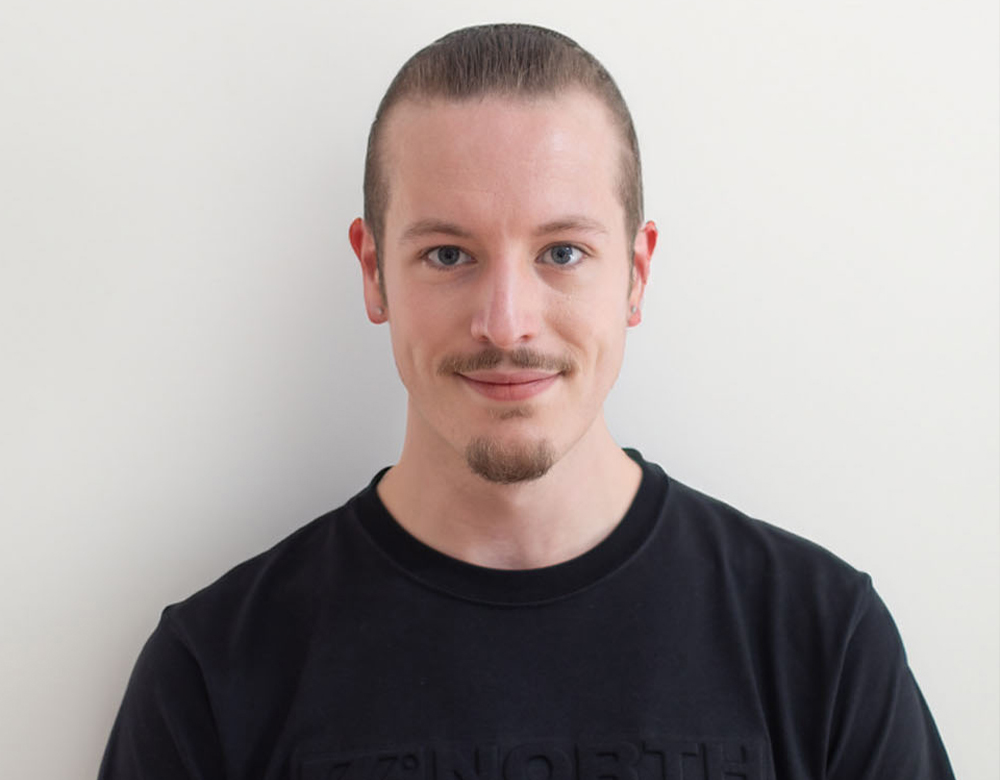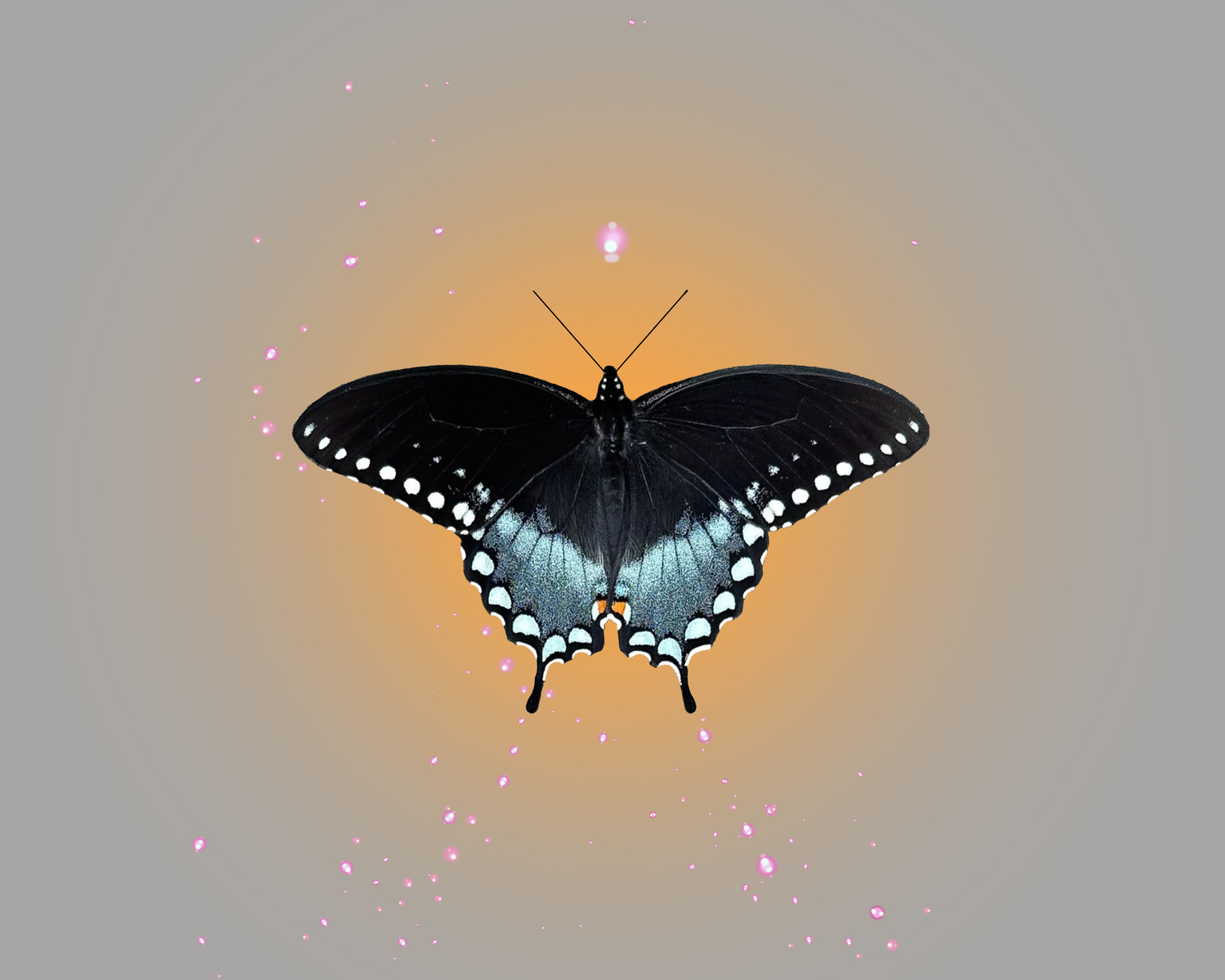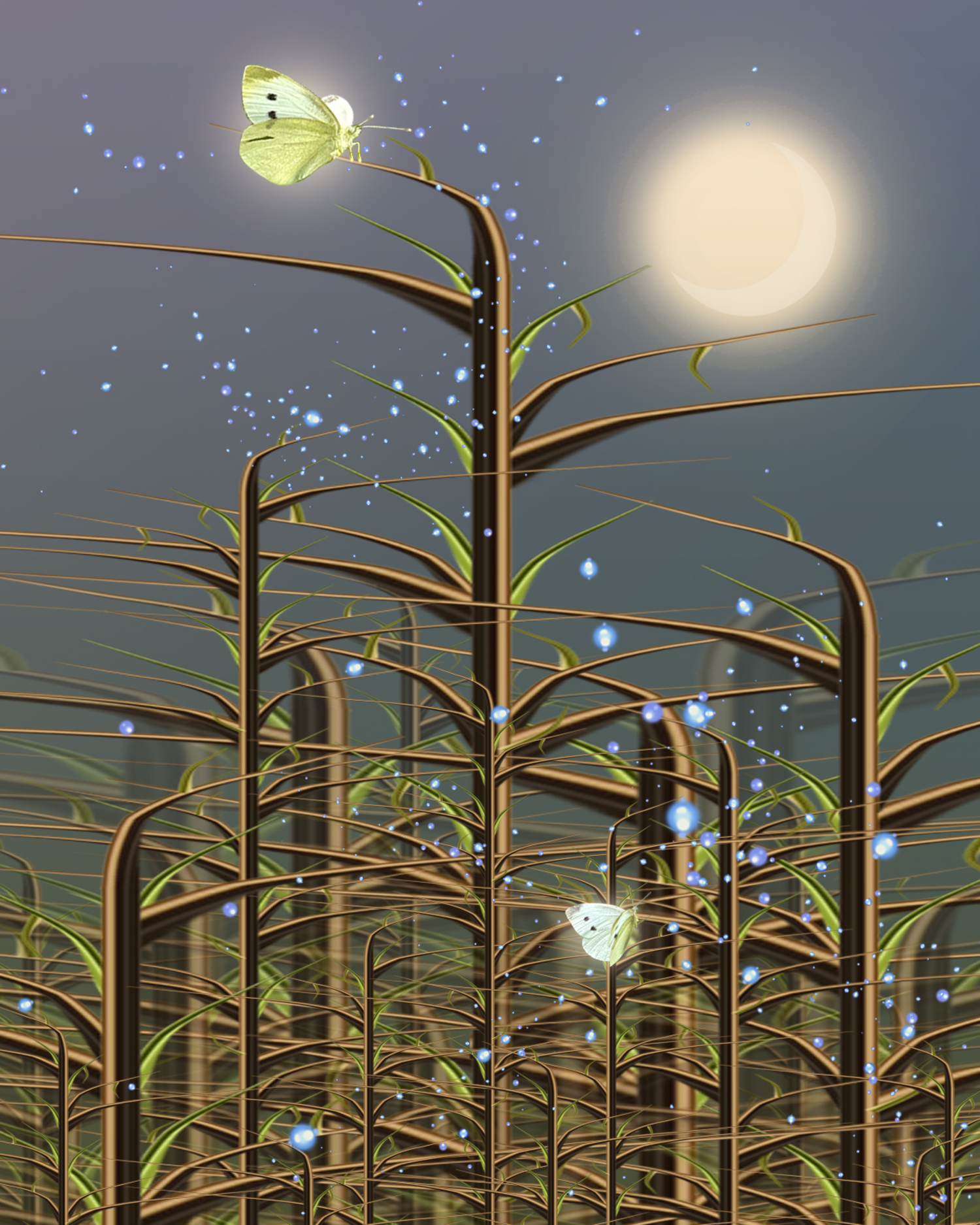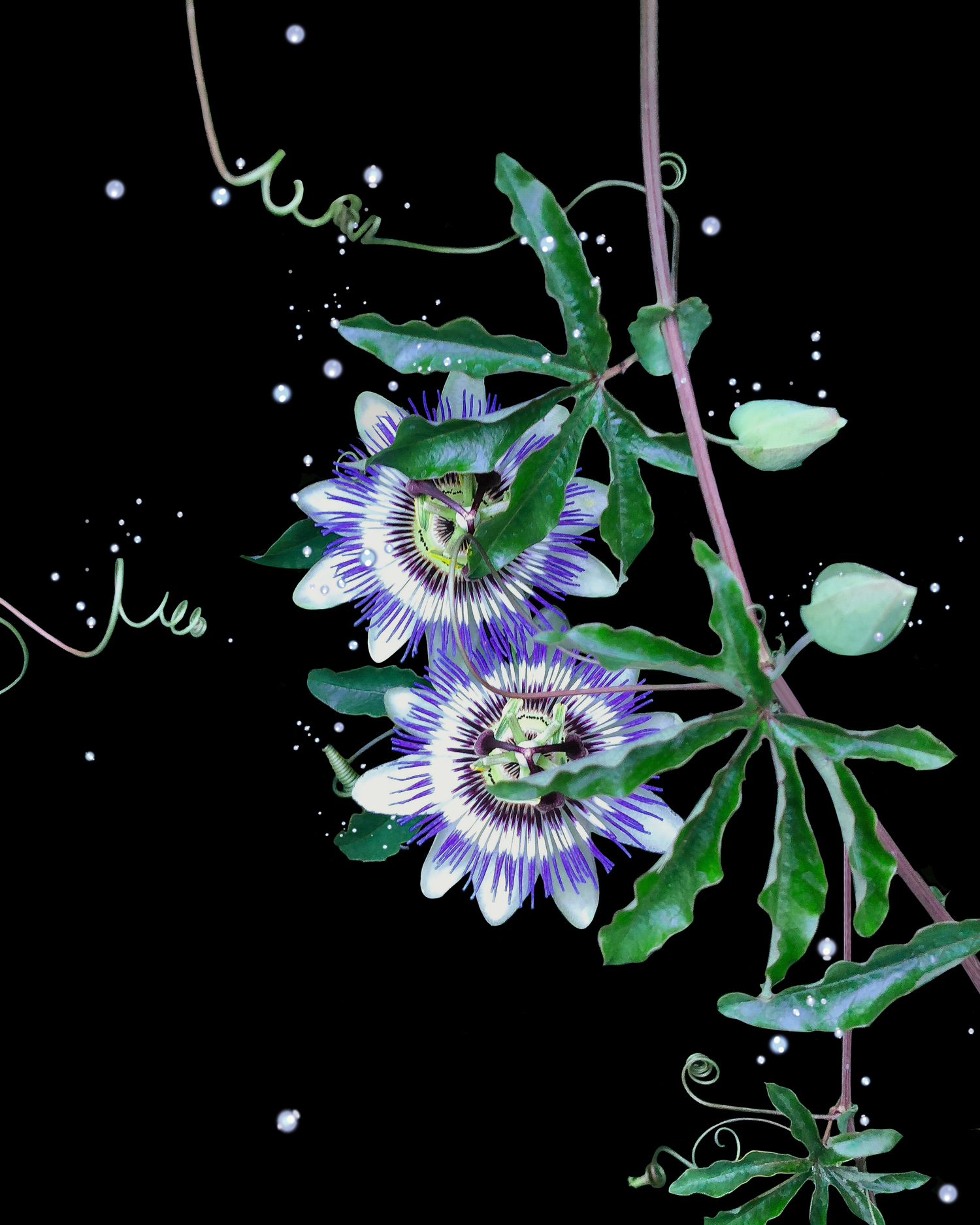Jack Hoye
Year of birth: 2000
Where do you live: Cortlandt, New York.
Your education: Bachelor of Science from The Westphal College of Media Arts & Design at Drexel University.
Describe your art in three words: Enigmatic. Stylized. Surreal.
Your discipline: Image-making.
Website | Instagram

Can you tell us more about how your upbringing in the Hudson Valley has influenced your artistic vision and the themes in your work?
I had the benefit of growing up between rural forests and the urban cityscape. Living in this contrast, I’m between organic landscapes all the while continuously exposed to one of the most diverse metropolitan places on earth. The soft versus the harsh. The natural juxtaposed with the synthetic. I think most of my work reflects this extreme. Most of my work attempts to honor and comment on these extremes. I meditate on how we as people coexist with both nature and technology. So I’d say that while growing up, these two opposing powers enlightened my life experience, and in turn, characterizes my artwork.
Your art blends organic and inorganic elements. How do you approach the fusion of these two worlds in your compositions?
Every piece demands a unique treatment. Some ideas manifest as purely photo-based while others are exclusively digital art. Most of my work incorporates a blending of both, which often creates an air of surrealism and abstraction. I’ll first source photographic material and then apply editing software to craft a desired result. Sometimes I’ll be inspired by an experience in my day-to-day life. I’ll take photos serendipitously and then readily edit them to my needs. Other times I’ll sift through my archive of sourced material and be inspired. I’ll pull something from my portfolio, perhaps made years ago, and attempt to reinvent it. For the most part, I take specific parts of many different photos and reassemble them within a new digital project. By doing so, I create that blend of organic and inorganic elements.
 Jack Hoye | Nu Leaf II | 2023
Jack Hoye | Nu Leaf II | 2023
How do you use color, hue, and light in your works to create a sense of euphoria and surrealism?
When light and hue are purposefully distorted in my pieces, they tend to abstract very concrete sourced photo materials. In return, I’m able to visually portray phenomena that would not exist in nature. The manipulation of coloring and exposure brings something from Earth into a fabricated reality.
By taking familiar subjects and rendering them unfamiliar, I attempt to create something surrealist and evocative. The mixture of real and synthetic in conjunction with my digital editing style creates this. The resulting vision is inherently imaginative. When I’m imaginative, the feeling of euphoria comes. I hope that audiences can sense the same imagination and euphoria in my art as I sense it.
Your background in Interactive Digital Media seems to play a significant role in your creative process. Could you elaborate on how these technical skills enhance your art?
I’ve always engaged with visual media. Early on, I explored more tactile arts like drawing and painting. When entering my teens, I was afforded my first smartphone. They were just becoming popular during that time. The smartphone introduced me to digital photography skills that have come to define my image-making.
Later, I was introduced to other digital art forms, namely motion capture. I was involved with the production of short films during the mid-2010s which propelled me in the direction of general media-based work.
Regarding my work today, I had initially learned digital editing tools through happenstance coursework. While studying for my degree, I was able to attend an entry-level computer graphics class. Once I was acquainted with the appropriate technology in college, I intended to bring forth my prior knowledge of visual art and film into the realm of digital imaging.
Intentional or not, my background with other art mediums has informed my current output. And my university experience became a significant catalyst for my creative process. When I was exposed to digital design tools in an academic setting, I was able to develop a niche visual style of my own. I had gained the technical power of taking something ordinary and transforming it into the enigmatic. I’m able to capture the earth around us and shape it into a different world. I suppose all the technical ins and outs have afforded world-building in ways I wouldn’t have otherwise known how.
 Jack Hoye | Cyber Spicebush Swallowtail | 2024
Jack Hoye | Cyber Spicebush Swallowtail | 2024
Your work often involves abstracting traditional photography through digital design. What are the challenges you face when transforming a realistic image into something more surreal?
Honestly, there are instances where I purposefully make my process more difficult. As counterintuitive as it may seem, I find that self-imposed boundaries steer me toward more creative approaches to image-making. I ask ‘ myself, how can I best achieve a certain look while adhering to pre-established intentional confines? In other words, sometimes making challenges for myself creates the best-unexpected version of my artistic visions.
Otherwise, another significant challenge is ensuring the blend of traditional photography and digital design is cohesive. During the process, pieces can begin to appear fragmented with a mixture of opposing photo materials. The act of abstraction within my work promotes visual cohesion, though it can be difficult to distinguish the best means of abstraction to ensure that cohesion. The digital editing process is both challenging and freeing.
How do you view the relationship between nature and technology in your work, and what message do you hope to convey through that juxtaposition?
The relationship is extreme, especially in my work. I’d like to think I’ll explore all aspects of this relationship through art. Over the last few years I’ve distinctly developed two aesthetics that investigate this relationship through two different lenses.
For the first, I identify the complex relationship between the earth and humankind with a darker sensibility. The pieces come from a rather nihilistic stance. They are stylistically much more brutalist than others from my portfolio, described as cyberpunk by industry professionals. There is an emphasis on negative space as well as muted coloring and color inversion. And they encompass the theme of technology before nature.
The succeeding variety investigates a much more optimistic, almost utopian view of the same relationship. These works are high-impact and tightly composed. They are reminiscent of millennium-era computer graphics, which reflected society in flux at the time, as it is today. I wanted to rebrand this aesthetic and contextualize it within the homo-techno relationship. For these works, nature is before technology. The images featured here embody this vantage point.
So it seems the message of my work is a question. Were we, are we, and will we be a society that chooses technology before nature or nature before technology?
 Jack Hoye | Dusk Simulation | 2024
Jack Hoye | Dusk Simulation | 2024
Having exhibited internationally in cities like Tokyo, London, and Barcelona, how does the reception of your work differ across cultures?
It’s been fascinating to see which works resonate with people of different cultures and regions. Collaborating with art groups has informed my awareness of international artistic and cultural perspectives. Gallery partnerships have also been informative of how my art and other cultures mesh. Galleries will choose art that appeals to the mission of their enterprise and appeals to their audience as well.
For example, I’m not sure if it’s because my high-impact images lend themselves to styles established in anime, manga, or general Asian modern art, though my audiences in Japan and Korea have taken to my digital-leaning work, much more so than audiences from other areas. The grand majority of my art shown here came from my brighter and more whimsical pieces.
On the other end of the spectrum, many more of my European audiences have praised my more traditional photo-based works. Maybe because the discipline of photography and camera originate from Europe? I have the sense that there is a deeper appreciation for photography in areas I’ve exhibited like the United Kingdom.
Visual styles aside, I find it intriguing when certain cultures have varying relationships with art. Based on my experience, I find that art in general is under-appreciated in my home country, the United States. And consequently, I believe that the art industry is generally much more competitive in North America. I’ve found much more passion towards my work, and artistic passion in general, across Europe and Asia. And the majority of the opportunities I’ve had manifested themselves in these areas.
 Jack Hoye | Digital Passiflora | 2024
Jack Hoye | Digital Passiflora | 2024

Leave a Reply